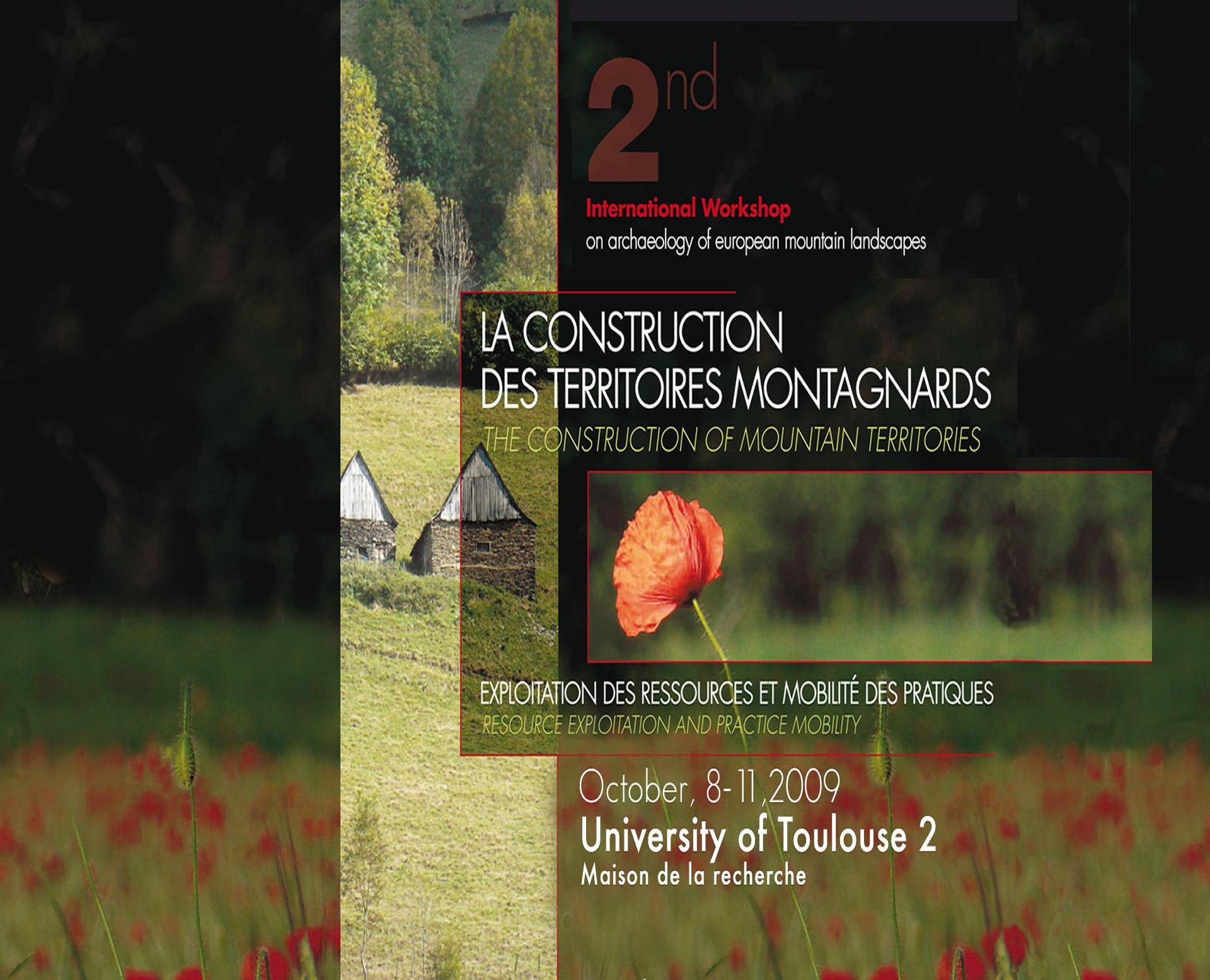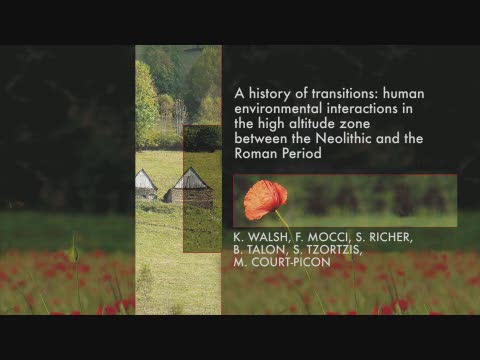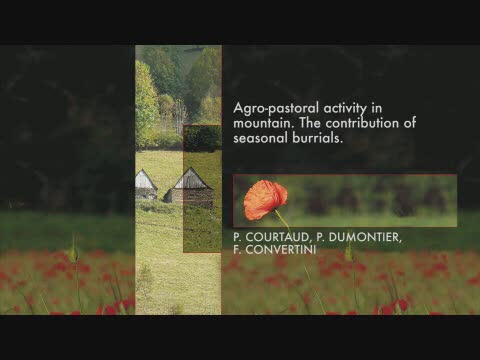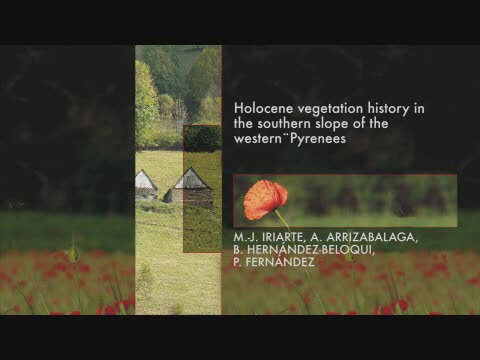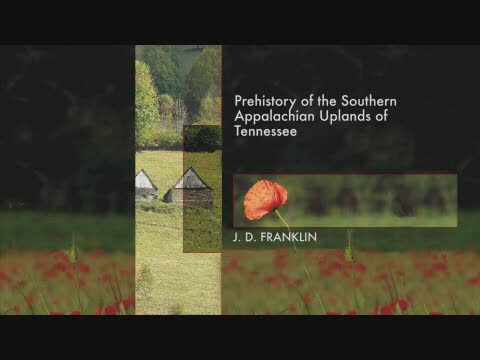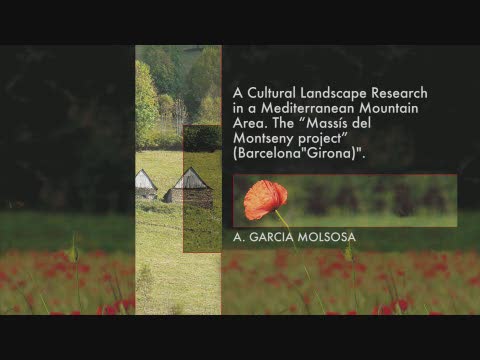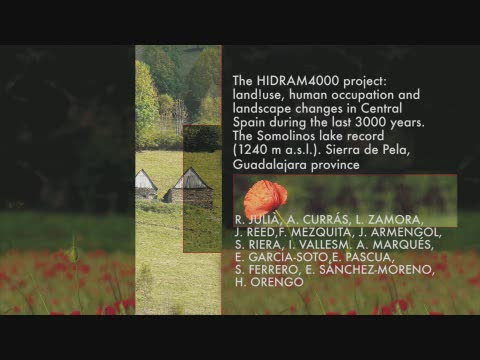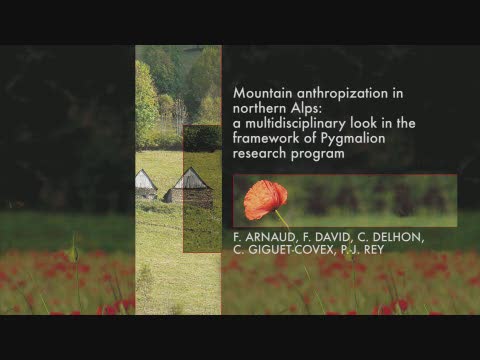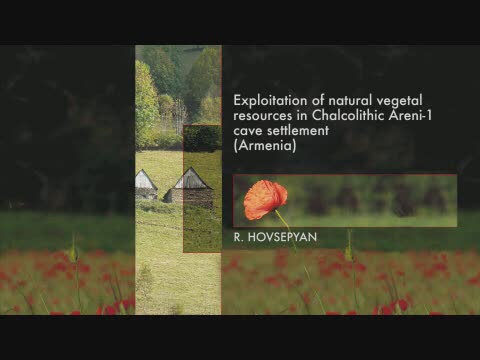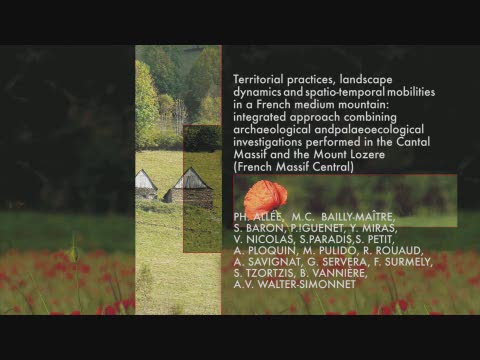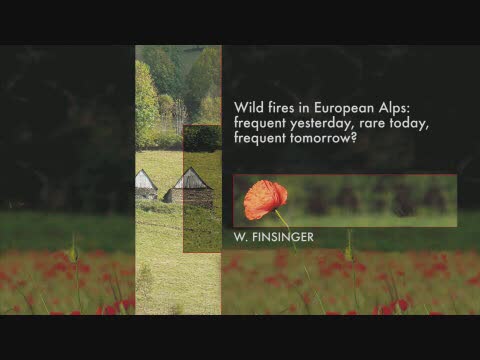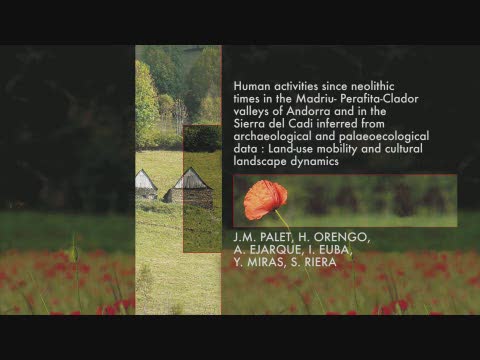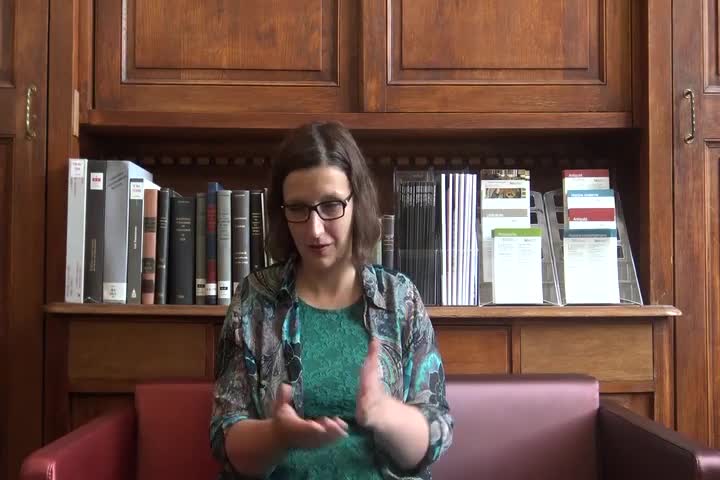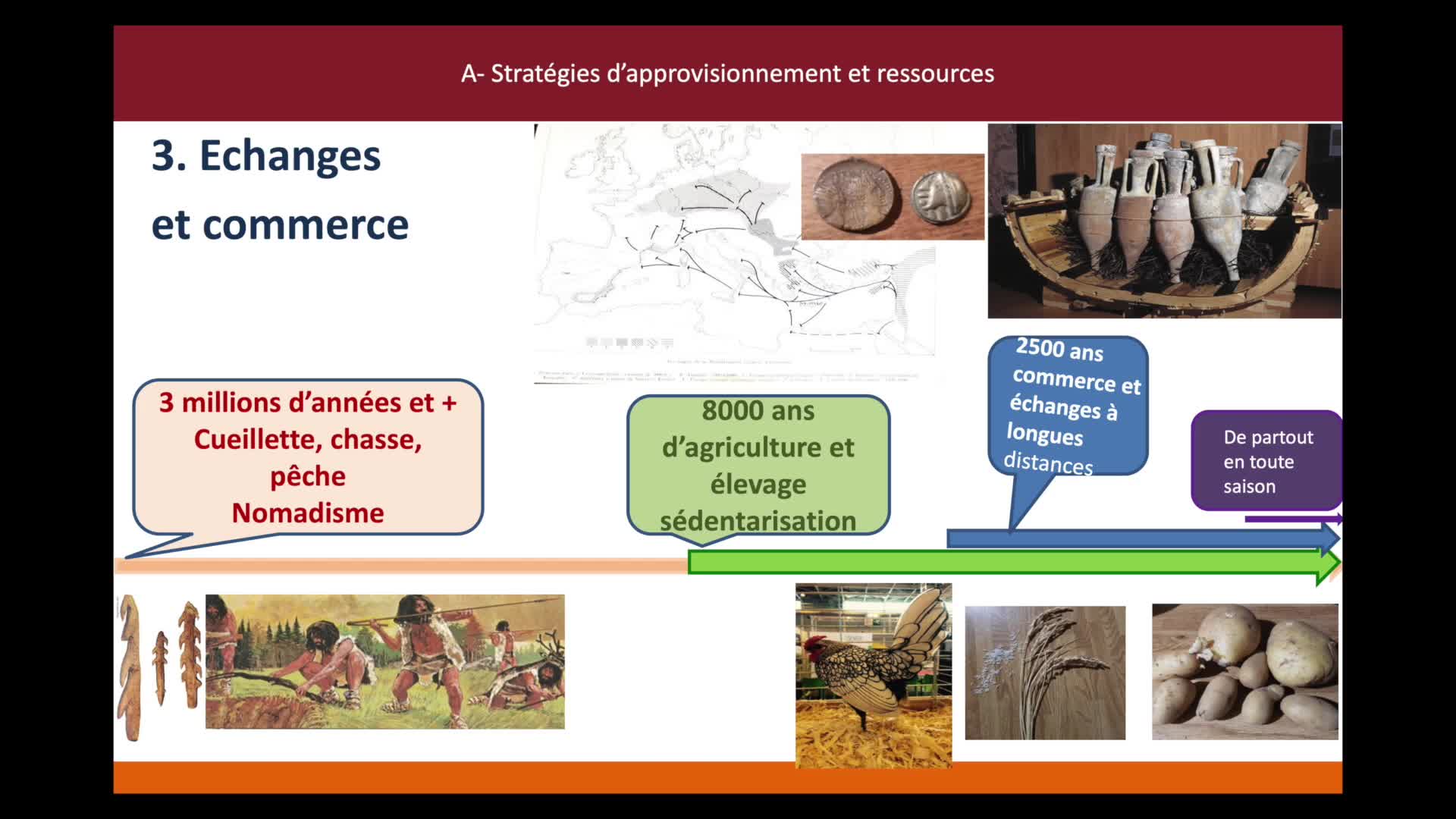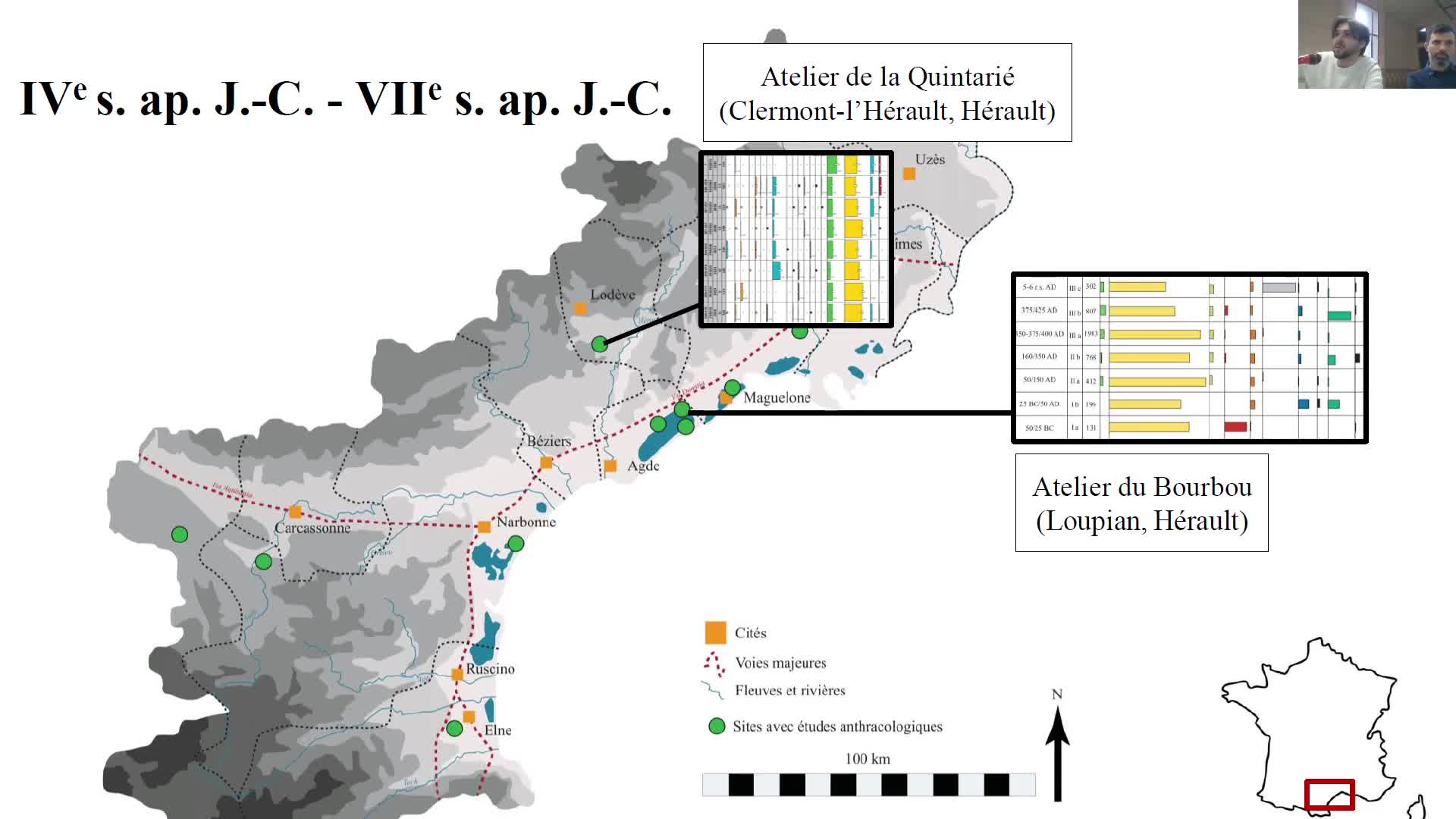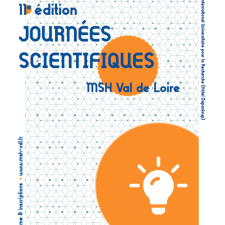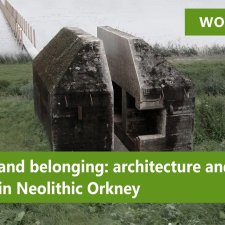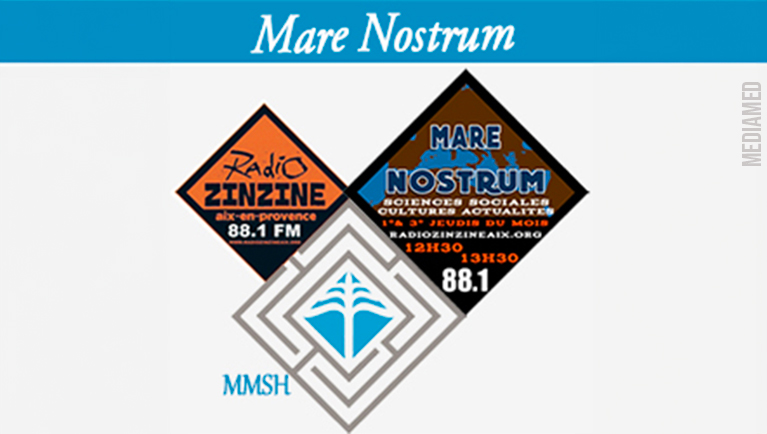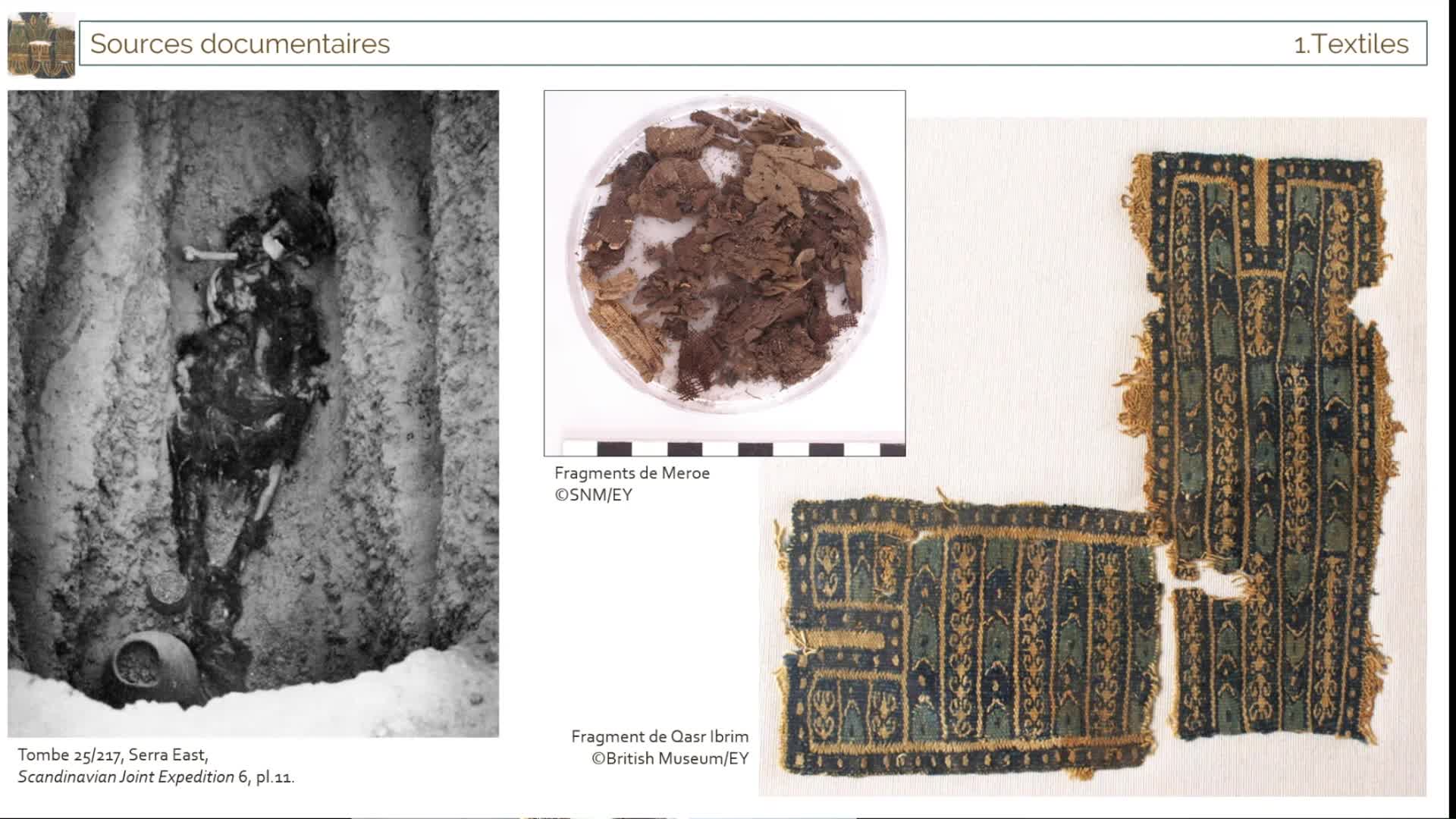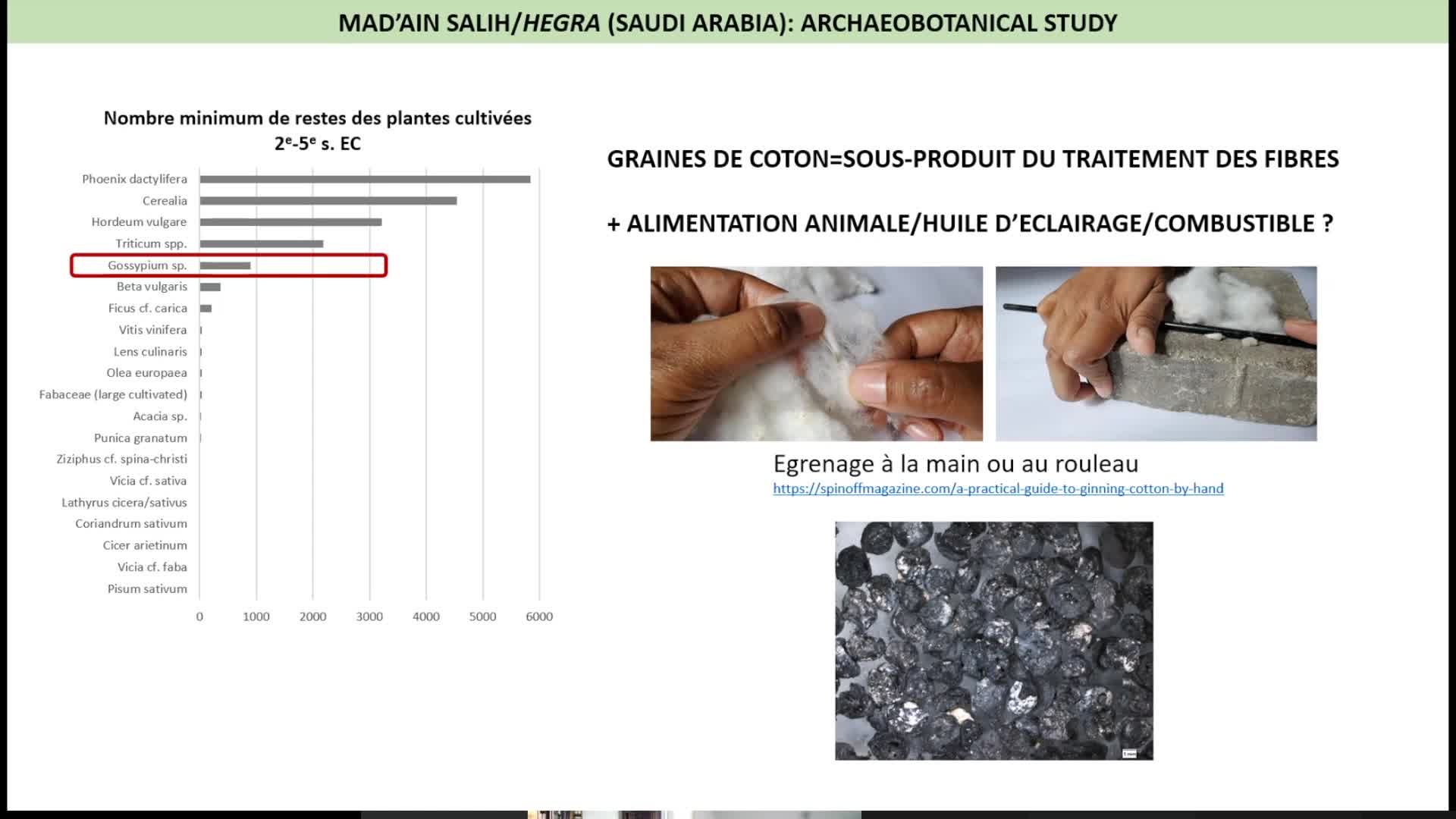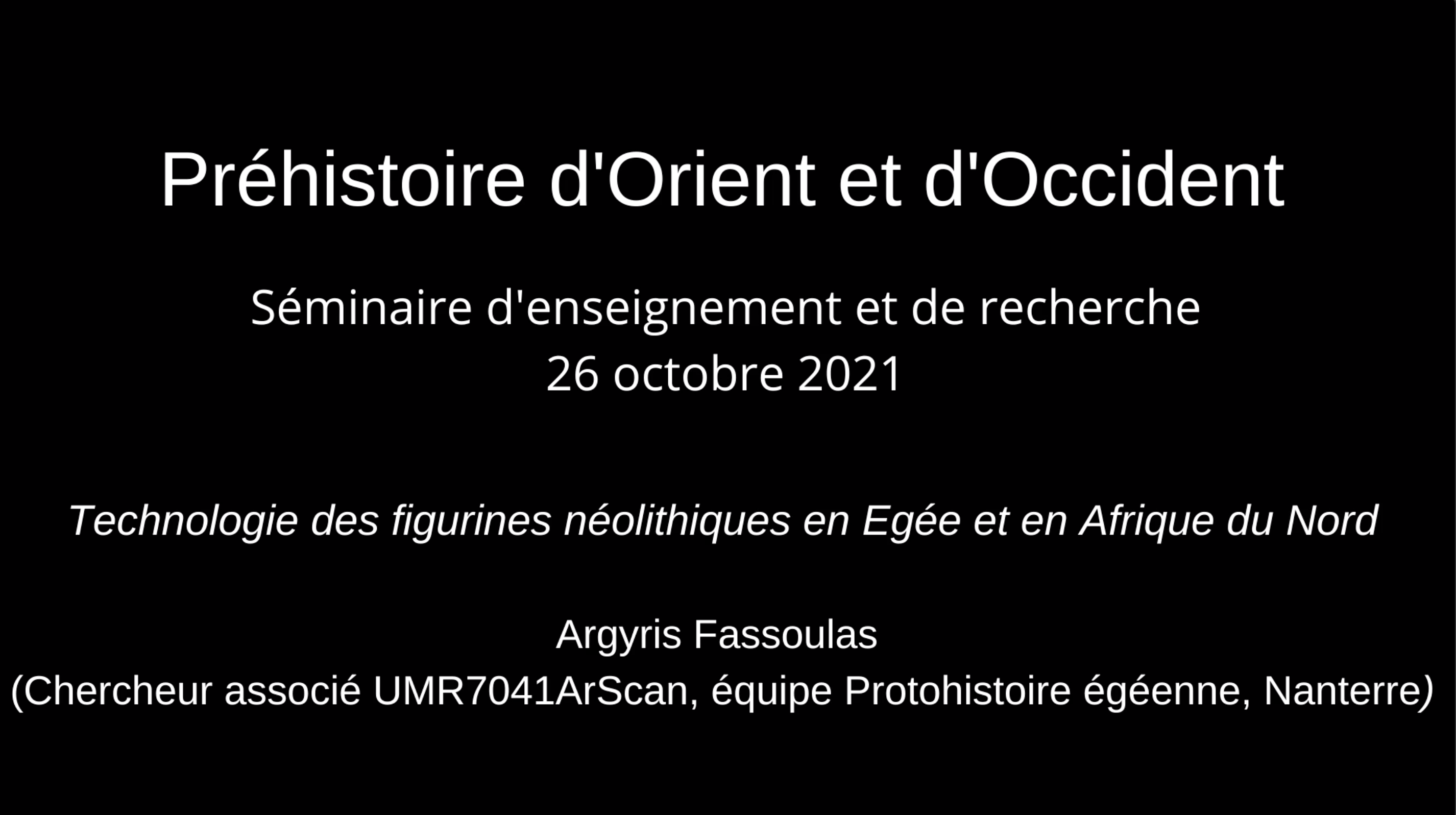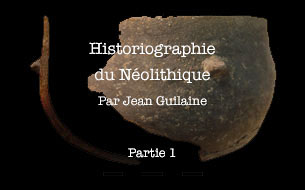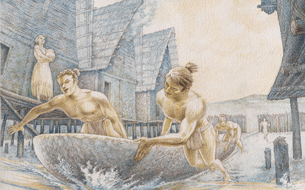Notice
A survey of the use of an upper mountain-alpine area in Central Italian Alps / Dagfinn Moe
- document 1 document 2 document 3
- niveau 1 niveau 2 niveau 3
Descriptif
Val Febbraro-Valle Spluga : a survey of the use of an upper mountain-alpine area in Central Italian Alps. Dagfinn MOE. In 2eme workshop d'Archéologie du paysage des montagnes européennes "La construction des territoires montagnards : exploitation des ressources et mobilité des pratiques" organisé par les Laboratoires GEODE et TRACES (Toulouse) et le Centre d'Archéologie Préhistorique du Rhône aux Alpes (Valence, France). Université Toulouse II-Le Mirail, 8-11 octobre 2009. [Première journée.]
An interdisciplinary palaeoecological study in the low-alpine and subalpine zones of Val Febbraro, upper Valle di Spluga in Italian central Alps, between 1830 and 2304 m a.s.l., suggests the temporary presence of early Neolithic groups at about 6000 uncal b.p. Evidence for local woodland clearance and charcoal dust were found. Phases of woodland and treeline disturbances, and indications of increased human presence are evident at about 5500, 5100, and 4000 b.p. A marked increase in disturbance, mainly related to pasturing, is dated to the beginning of the Bronze Age.
The last major stage of human impact on the vegetation coincides with the Final Bronze phase and the beginning of the Iron Age, with a small temporary reduction during the Roman period. 14C dated archaeological sites and finds are broadly concordant with the phases of human impact on the vegetation. The former use of a present day tourist path using the Baldiscio Pass between Valle Febbraro (I) and Valle Mesolcina (CH), is dated back to between 3500 b.p. and 3000 b.p.
A summary figure is presented. No locally significant climatic changes have been traced during the last 6000 years, and if present, they are probably overshadowed by the vegetational changes caused by human activity.
Intervention / Responsable scientifique
Thème
Documentation
Pistes bibliographiques
- The archaelogy of a peat bog in context : contribution of the study of biodiversification processes in historical time (Ligurian Apennine, NW, Italy). D. MOE ; BI. MENOZZI; C. BELLINI et al. In 4e Congrès International d'Archéologie Médiévale et Moderne : "L'Europe en Mouvement", Axe Archéologies environnementales, session Les sociétés médiévales et leurs milieux : pour une approche de la biodiversité historique. INHA / Paris1 Panthéon-Sorbonne : 3-8 septembre 2007, 11 p. [En ligne sur le site de Paris 1 Panthéon-Sorbonne].
Dans la même collection
-
La construction des territoires montagnards : exploitation des ressources et mobilité des pratiques…
GalopDidierThe occupation and the exploitation of mountain environments, both during conquest and maximum demographic phases, or on the contrary, during desertification phases, differ in geographical
-
Human environmental interactions in high altitude zone between Neolithic and roman period / K. Walsh
WalshKevinA History of Transitions : human environmental interactions in the high altitude zone between Neolithic and roman period. Kevin WALSH. In "La construction des territoires montagnards : exploitation
-
L'agro-pastoralisme en milieu montagnard : l'apport des sépultures saisonnières / Patrice Courtaud
CourtaudPatriceL'agro-pastoralisme en milieu montagnard : l'apport des sépultures saisonnières. Patrice COURTAUD. In "La construction des territoires montagnards : exploitation des ressources et mobilité des
-
L'évolution végétale holocène sur le versant sud des Pyrénées occidentales / Maria-José Iriarte
IriarteMaría JoséL'évolution végétale holocène sur le versant sud des Pyrénées occidentales. Maria José IRIARTE. In "La construction des territoires montagnards : exploitation des ressources et mobilité des pratiques"
-
Prehistory of the Southern Appalachian uplands of Tennessee / Jay Franklin
FranklinJay D.Prehistory of the Southern Appalachian uplands of Tennessee. Jay FRANKLIN. In "La construction des territoires montagnards : exploitation des ressources et mobilité des pratiques", 2e International
-
A cultural landscape research in a mediterranean mountain (Barcelona-Girona) / A. Garcia Molsosa
Garcia MolsosaArnauA cultural landscape research in a mediterranean mountain area : the "Massis del Montseny project" (Barcelona-Girona) / A. GARCIA MOLSOSA. In "La construction des territoires montagnards :
-
The Hidram4000 project : land use, human occupation and lanscape changes in Spain / A. Curras
Currás DominguezAndresThe Hidram4000 project : land use, human occupation and lanscape changes in Spain during the last 3000 years. The Somolinos lake record (1240 M A.S.L.) : Siera de Pela, Guadalajara Province. Andres
-
Mountain anthropization in Alps : a multidisciplinary look in the Pygmalion program / F. Arnaud
ArnaudFabienMountain anthropization in Alps : a multidisciplinary look in the framework of Pygmalion research program. Fabien ARNAUD. In "La construction des territoires montagnards : exploitation des ressources
-
Exploitation of natural vegetal resources in chalcolithic areni-1 cave (Armenia) / R. Hovsepyan
HovsepyanRomanExploitation of natural vegetal resources in chalcolithic areni-1 cave settlement (Armenia). Roman HOVSEPYAN ovsepyan, Roman. In "La construction des territoires montagnards : exploitation des
-
Territorial practices, landscape dynamics and mobilities in a french mountain / P. Allée, Y. MIras
AlléePhilippeMirasYannickTerritorial practices, landscape dynamics and spatio-temporal mobilities in a french medium mountain : integrated approach combining archaeological and paleoecological inverstigations performed in the
-
Wildfires in european alps : frequent yesterday, rare today, frequent tomorrow ? / W. Finsinger
FinsingerWalterWildfires in european alps : frequent yesterday, rare today, frequent tomorrow ?. Walter Finsinger. In "La construction des territoires montagnards : exploitation des ressources et mobilité des
-
Exploitation des vallées andorranes depuis le Néolithique/ J.-M. Palet Martinez, H. Orengo Romeu
Palet i MartínezJosep M.Orengo RomeuHèctor A.L'exploitation des ressources des vallées andorranes du Madriu-Perafita-Claror et de la chaîne du Cadi (Pyrénées orientales) depuis le Néolithique à partir des données archéologiques et
Sur le même thème
-
Témoignage de Anca-Cristina Dan
DanAnca-CristinaGuérinAnaëlleDans le cadre de la préparation du 250e anniversaire de son ouverture au public, en décembre 2020, la Bibliothèque interuniversitaire de la Sorbonne (BIS) a mené une collecte d’archives orales afin de
-
Les grandes étapes de l’alimentation, du Paléolithique à l’époque gauloise
FlouestAnneAnne Flouest, géologue et docteure en paléoclimatologie, revient sur l’étonnante évolution des usages alimentaires du Paléolithique à l’époque gauloise.
-
Approvisionner le feu en bois. Regard anthracologique sur l’exploitation du Bois des Lens et les us…
VaschaldeChristopheChardonneau-HenneuseJulienApprovisionner le feu en bois. Regard anthracologique sur l’exploitation du Bois des Lens et les usages du combustible par les potiers de l’Antiquité tardive.
-
Les massacres de masse dans le Néolithique centre-européen (5200 - 4000 BC). Un état de la question
JeunesseChristianDepuis la retentissante et inaugurale découverte du dépôt humain de Talheim, en 1983, les fouilles de structures renfermant des groupes d’individus décédés de mort violente se sont multipliées dans le
-
Au bon air des jardins. Géohistoire climatique des parcs et jardins urbains (18e-21e siècles), comp…
MetzgerAlexisLes parcs et jardins ont connu à la fois des métamorphoses et une certaine continuité de leurs fonctions écologiques (Mathis et Pépy 2017; Musée historique de Lausanne 2022).
-
Building and belonging: architecture and memory in neolithic orkney
EdmondsMark R.Talk by Mark EDMONDS, (Archeologie, York), as part of the workshop "Memory, Place, and Material Culture", organized by John SUTTON, 2022-2023 research fellow at the Paris IAS, Emeritus Professor at
-
L’Alimentation des premiers agriculteurs-éleveurs au Néolithique
GoudeGwenaëlleL'invitée de cette émission est Gwenaëlle Goude anthropobiologiste et bioarchéologue, chargée de recherche CNRS au LAMPEA (Laboratoire méditerranéen de Préhistoire Europe et Afrique), laboratoire de
-
Pour une archéologie textile en vallée du Nil
YvanezElsaSéminaire - Actualités des méthodes et terrains au Proche-Orient Ancien Thème 2022 : «Les technologies en archéologie » Séance du vendredi 25 mars 2022, consacrée à L’exploitation des végétaux :
-
Cotons en Arabie et en Afrique orientale
BouchaudCharlèneSéminaire - Actualités des méthodes et terrains au Proche-Orient Ancien Thème 2022 : «Les technologies en archéologie » Séance du vendredi 25 mars 2022, consacrée à L’exploitation des végétaux :
-
Technologie des figurines néolithiques en Egée et en Afrique du Nord
FassoulasArgyrisIntervention (podcast) de Argyris Fassoulas (Chercheur associé UMR 7041 ArScan, équipe Protohistoire égéenne, Nanterre) dans le cadre des séminaires du cycle " Sciences pour l’Archéologie :
-
Historiographie du Néolithique. 1 / Jean Guilaine
GuilaineJeanCe séminaire relate la mutation de la recherche préhistorique au cours des quatre dernières décennies, et plus précisément l’histoire de la recherche néolithique française qui est celle d’une
-
Les palafittes préhistoriques de Chalain et Clairvaux (Jura), patrimoine de l’humanité
Greffier-RichardAnnickLourdaux-JuriettiSylvieAnnick Greffier-Richard (DRAC de Bourgogne-Franche-Comté, service régional de l’archéologie) et Sylvie Lourdaux-Jurietti (musée de Lons-le-Saunier) ont donné une conférence dans le cadre du cycle


